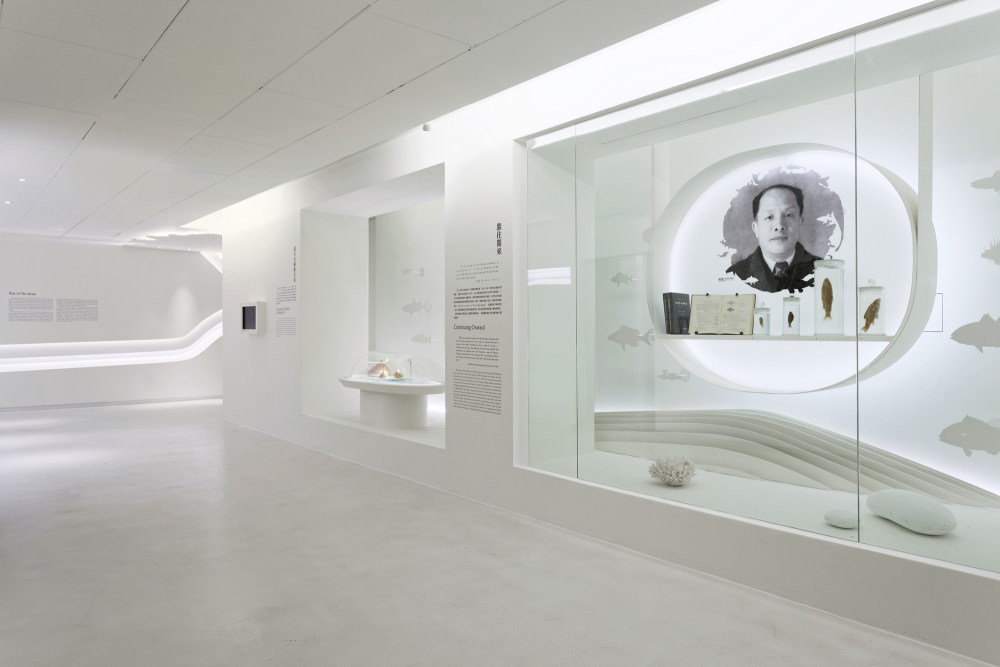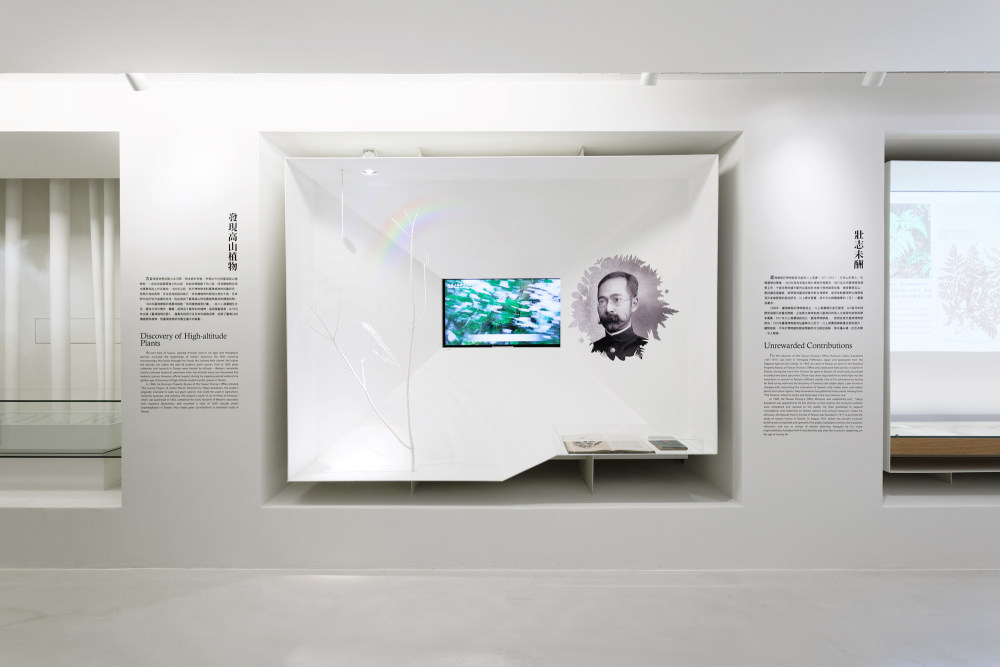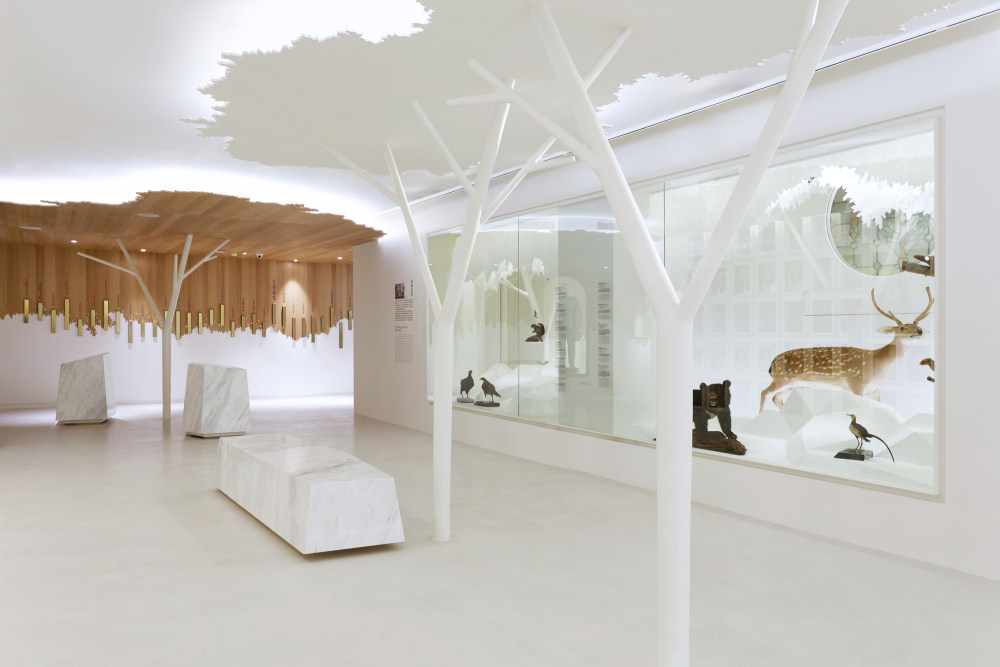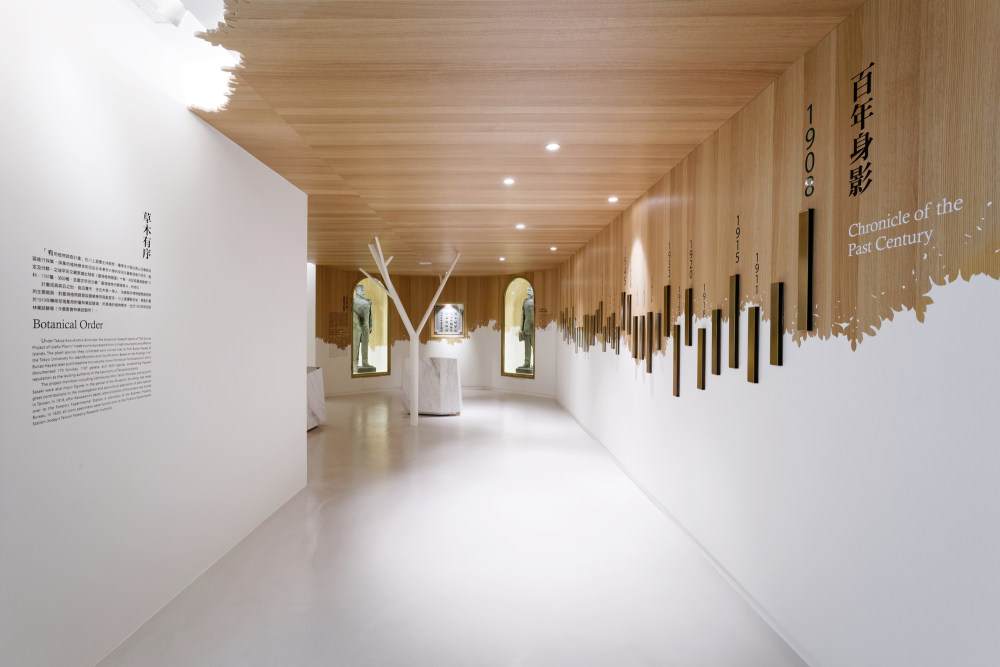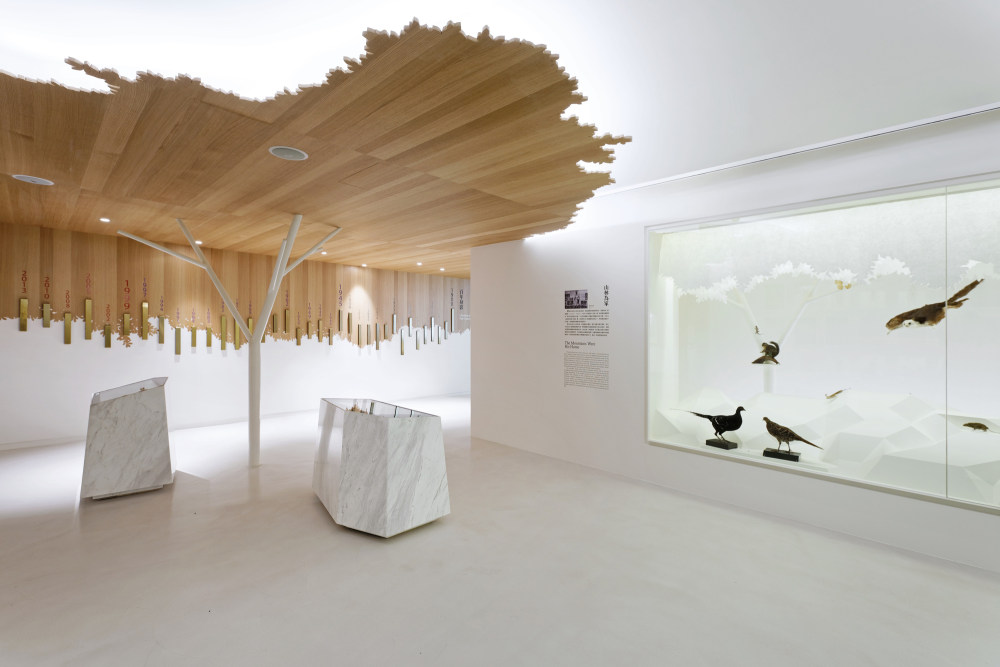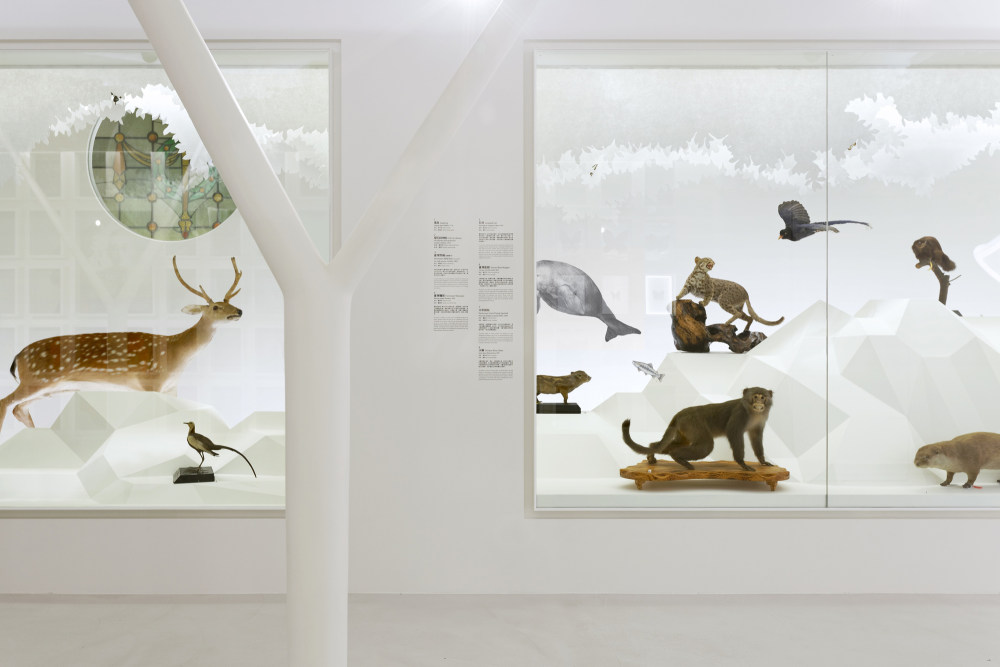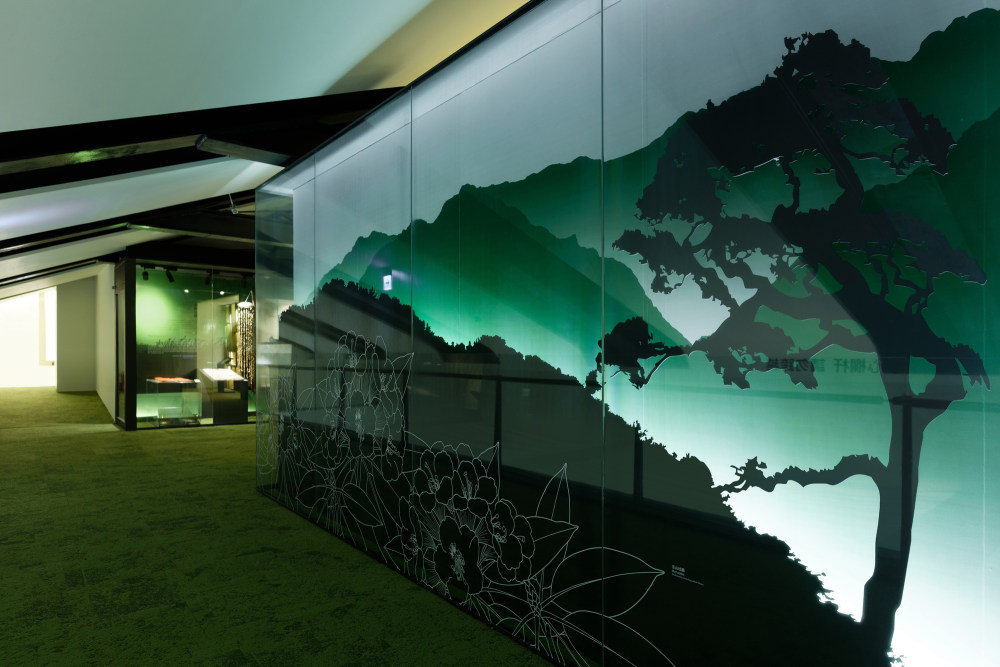本帖最后由 印豆豆 于 2018-4-18 23:01 编辑
微信:shmildou 公众号:印际(yijinspace),加微信送更多高清图,了解国外优秀设计师最新资讯
喜欢记得点赞,收藏,转播哦,大家的支持是坚持更新的动力,撒花✿✿ヽ(°▽°)ノ✿
Client National Taiwan Museum (Taipei, Taiwan)
Design Studio TING (惠栢設計) Hueiting Chang + Christophe Gaubert
国立台湾博物馆的前身是自然历史博物馆。在它的百年之际,极具多元化的惠栢設計团队有幸参与到博物馆的永久性展区设计。借由博物馆馆长提供的有限手工制品,带着对这栋历史建筑的尊敬之心,这个由科学家,建筑师和设计师组成的设计团队,与博物馆的工作人员共同组织了此次展览的总体流线,将各展品串联成完满的故事。展览的整体设计以自然的隐喻为设计构思,将自然元素抽象为空间的形状和色彩,激起参观者的好奇心,在获得知识的同时诱发无限想象力。
The National Taiwan Museum is the earliest Museum of Natural History in Taiwan. For its centenary, the multicultural team of Studio TING (惠栢設計) had the privilege to contribute to the global renovation by designing the permanent exhibition dedicated to the institution’s heritage. Based on the artefacts provided by the museum curators, and respecting the historical nature of the building, our team composed of scientists, architects and designers worked closely with the museum teams to organize and display the content, and tell the story of the collections. The overall design of the exhibition plays with the metaphor of nature, using natural elements converted to an abstract language of shapes and colors in the space, stimulating curiosity and transcending the knowledge with a dimension of imagination.
▼位于顶层的展区内部,interior view of the exhibition on the top floor










